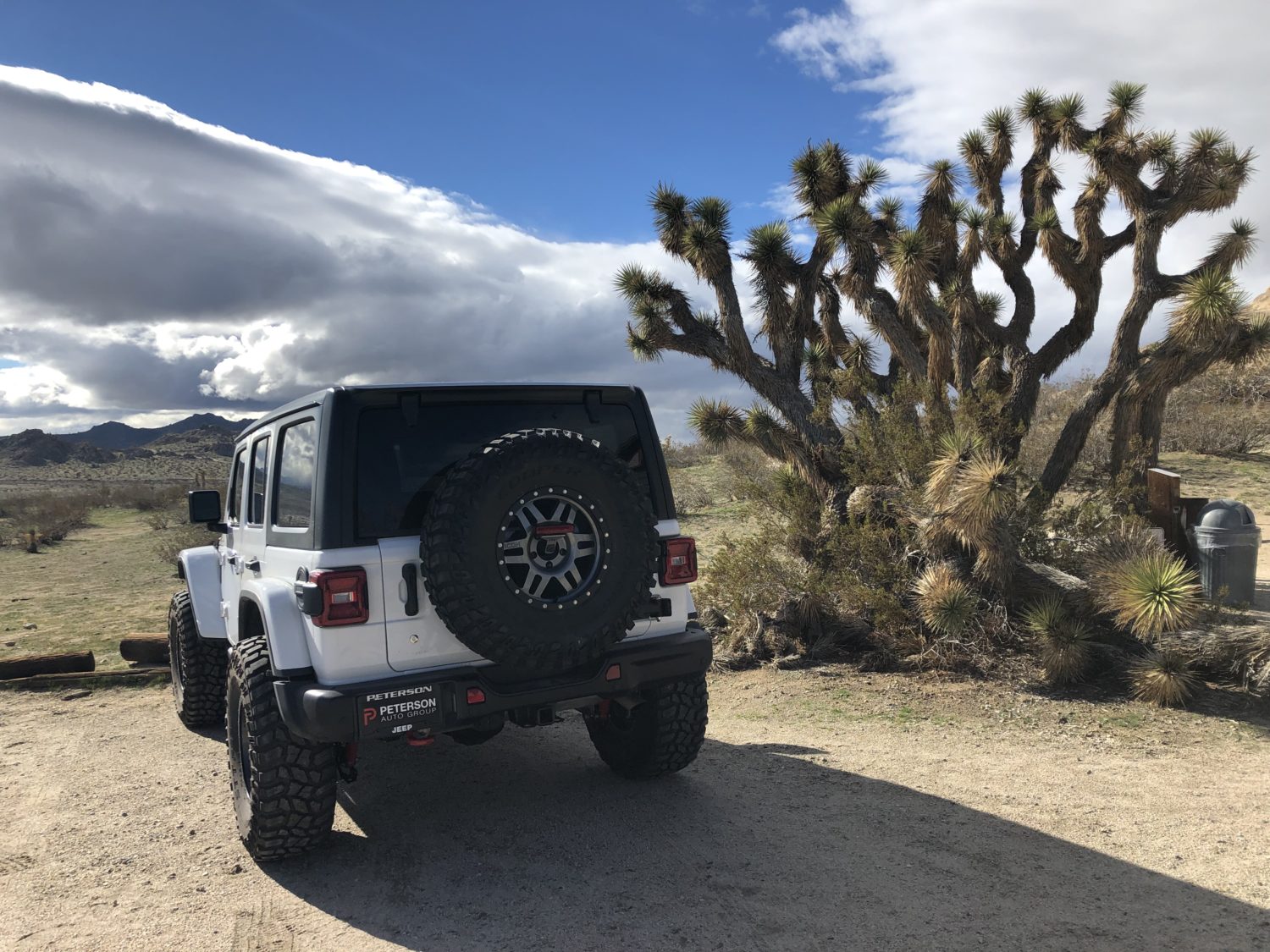- Location: Volcanic Tablelands
- Travel Date: 4-21-2019 & 5-17-2019
- Written: 5-24-2019
Like a book, who’s pages are written in stone, these petroglyphs tell a story of an ancient past. When visiting this sites, please remember, you’re in a spot that helped people connect spirituality. It’s a spot where prayers were said, where families gathered and where traditions were passed down to future generations.
Sky Rock gets its name from the enormous volcanic rock that contains several petroglyphs, all of which face the sky towards the heavens. Getting to Sky Rock is not easy. We opted to drive the jeep instead of hiking the 2 miles round trip. The road through the Volcanic Tablelands is very bumpy and requires 4 wheel drive, especially on the way back. Once there, you need to climb over huge boulders, drop down, crawl under and climb up to get an up close look at this amazing panel. Getting there is not easy!
The petroglyphs are believed to date back 2,000 years and are thought to be Paiute in origin. Not much else is known about this magnificent place.











Visit our other posts for the following sites:
- Fish Slough
- Chidago Canyon
- Red Canyon
- Chalfant
- Sky Rock
- 13 Moons
- The Wise Men
- Rosetta Stone
Petroglyph Etiquette
Avoid Touching the Petroglyphs
Look and observe, BUT DO NOT TOUCH! Preserve petroglyphs by not touching them in any way. Even a small amount of the oils from our hands can darken petroglyphs making them impossible to see.
Stay on the Trails
For your own safety and the preservation of the petroglyphs, stay on designated trails at all times. Climbing on the boulders can dislodge loose stones causing damage to the petroglyph boulders. Falling rocks can hurt people, or may scratch the carved and pecked images causing unintentional damage. Do not re-arrange the rocks or move/remove artifacts from where you find them. The petroglyphs are important individually and in relation to each other. In order to try and understand a petroglyph or pictograph it needs to be viewed in relation to its environment including the adjacent image(s), the entire basalt escarpment, and the surrounding landscape. For someone to fully appreciate a site, the petroglyphs and their surroundings should be left undisturbed.
Photography and Sketching is Allowed
Do not introduce any foreign substance to enhance the carved and pecked images for photographic or drawing purposes. Altering, defacing, or damaging the petroglyphs is against the law — even if the damage is unintentional.
Re-pecking or re-painting does not restore a petroglyph or pictograph, it destroys the original. DO NOT add your own marks to the images. The introduction of graffiti destroys the petroglyphs and is disrespectful to contemporary Native Americans and their ancestors.
Artifacts
If you happen to come across sherds (broken pottery) or lithics (flakes of stone tools), leave them where you see them. Once they are moved or removed, a piece of the past is forever lost.
All archaeological and historical sites are protected by a number of laws and regulations including the Antiquities Act, the National Historic Preservation Act, and the Archaeological Resources Protection Act. These and other laws prohibit digging, removing artifacts, damaging and defacing archaeological resources in national parks, and provide felony and/or misdemeanor prosecution with imprisonment up to ten years and fines up to $100,000.
While visiting consider yourself a guest in someone’s home and behave appropriately. Native Americans today consider these site to be a sacred landscape. Like other places of worship throughout the world, the area demands respect and care. We encourage you to respect the beliefs of the descendants of those who carved the images on the rocks. The petroglyphs are sacred to many people living in the area today.

